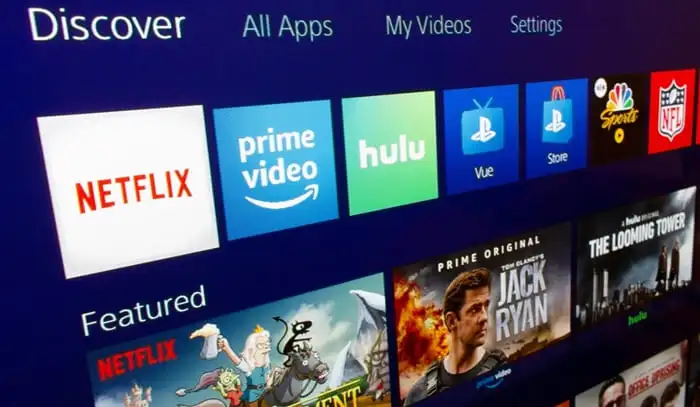Internet protocol television delivers entertainment through internet connections instead of traditional broadcast methods. This technology offers unprecedented programming flexibility and content variety. Despite technological advancements, occasional service interruptions occur due to internet outages, server issues, or other technical difficulties. Implementing backup strategies ensures continuous entertainment access regardless of primary service disruptions.
Recording capabilities
Most premium IPTV services include cloud-based recording features storing content on provider servers rather than local devices. This functionality allows viewers to create personal content libraries that are accessible anytime, eliminating dependence on live broadcast schedules. Unlike traditional DVR systems with storage limitations, cloud recording offers expanded capacity that is sufficient for extensive program collections.
The implementation varies between providers, with some services automatically recording all watched channels for limited periods while others require manual recording scheduling. Advanced systems support series recording that automatically captures new episodes as they broadcast without requiring individual episode selections. These recordings remain accessible during service interruptions affecting live streaming but not backend storage systems.
Download options
Many IPTV platforms support downloading content for offline viewing, creating physical copies stored directly on viewing devices. This feature is particularly valuable for mobile viewing where internet connections are unreliable or unavailable. Downloaded content typically remains accessible for predetermined periods specified by content licenses, usually 24 hours to 30 days.
Storage limitations represent the primary constraint for download-based backup strategies. High-definition content requires significant space, so it’s essential to consider storage needs when choosing Comprar IPTV. External storage expansion through memory cards or portable drives helps overcome these limitations for compatible devices, though not all platforms support external storage access for protected content.
Multi-service subscriptions
Maintaining subscriptions to multiple IPTV providers creates redundant access paths to similar content. While involving additional costs, this strategy provides the most comprehensive protection against service-specific outages. Different providers utilize separate server infrastructures, making simultaneous failures across multiple services implausible during localized technical problems.
Cost considerations make selective multi-service subscriptions more practical than duplicating all programming across providers. Identify must-have channels or content categories and ensure these priorities receive backup coverage while accepting potential unavailability for less critical programming during outages. Many viewers maintain premium subscriptions for essential content while using more affordable secondary services for backup purposes.
Local content libraries
Building personal media libraries through purchased content provides the most reliable backup solution independent of ongoing internet access or service availability. Digital purchases through established platforms typically allow unlimited viewing without continuing subscription requirements. These permanent licenses ensure content remains accessible regardless of streaming service status.
Storage requirements for significant personal libraries exceed typical consumer device capacities, necessitating dedicated media storage solutions. Network-attached storage (NAS) systems provide centralized repositories accessible from multiple household devices, while external hard drives offer more portable but less convenient alternatives. Consider redundant storage systems with automated backups for valuable content collections.
Implementing these diverse backup strategies creates robust entertainment systems that are resistant to individual service failures. While no single approach provides perfect protection against all potential issues, combining multiple methods ensures content remains accessible despite inevitable occasional service disruptions.




